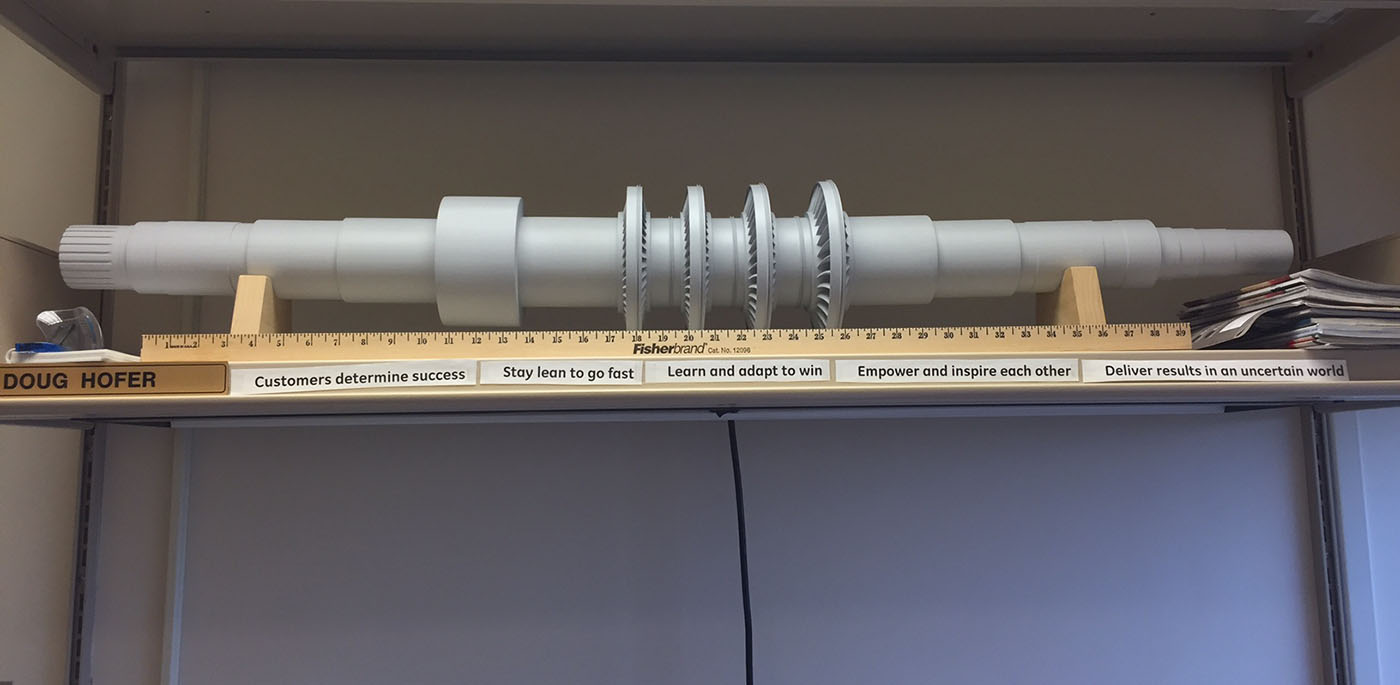Advertorial
Moderné plynové technológie: Efektivita a inovácie pre 21. storočie
Sumarizácia najdôležitejších inovácií, ktoré redefinujúcich využitie tohto energetického zdroja.
Utesňovanie spodných stavieb pomocou hydro-aktívnej fólie AMPHIBIA.
AMPHIBIA 3000 GRIP 1.3 od spoločnosti ATRO predstavuje modernú hydroizolačnú technológiu, ktorá spája vysokú odolnosť,...
Dekarbonizácia individuálneho vykurovania domácností – Green Deal evolučne a nie revolučne
Ambiciózne plány EK narazili na ekonomické možnosti domácností v jednotlivých členských štátoch –...
Minimalistické dvere IDEA – technická precíznosť a čistota prevedenia
IDEA DOOR od spoločnosti JAP prináša do interiéru čistý minimalistický vzhľad vďaka bezrámovému riešeniu a precíznej...
Schell Vitus – osvedčené riešenie pre sprchy a umývadlá vo verejnom sektore s viac ako desaťročnou tradíciou
Nástenné nadomietkové armatúry Vitus sú mimoriadne vhodné pre rýchlu a efektívnu...
Kompozitné okná predstavujú súčasnosť a budúcnosť
Okenné profily z kompozitného materiálu RAU-FIPRO X od spoločnosti Rehau sú v porovnaní s tradičnými plastovými profilmi mnohonásobne...
Myotis - stoly 2025
Najnovší sortiment stolov pre zariadenie interiérov...
Priemyselné sklenené priečky Dorsis Digero: svetelné rozhranie pre moderné interiéry
Spojenie moderného dizajnu, funkčnosti a svetla do harmonického architektonického prvku.
Význam prirodzeného svetla pre moderné a flexibilné pracovné prostredie
Kancelárska budova Baumit v slovinskom Trzine prešla premenou na moderné a udržateľné pracovisko. Architekti kládli dôraz...
Konferencia Xella Dialóg predstaví novinky a trendy v stavebníctve
Mottom šiesteho ročníku on-line konferencie odborníkov Xella Dialóg je Efektívny návrh budov 2025+: zmeny a riešenia
Murovací robot WLTR stavia svoj prvý dom na Slovensku
Robot WLTR predstavuje moderný prístup k murovaným konštrukciám. Vďaka automatizácii dokáže rýchlo, presne a bezpečne realizovať...
Nová éra bezpečnosti s I-tec Secure od Internorm
Okrem bezpečnosti majú okná aj elegantný vzhľad, pretože nie sú viditeľné žiadne uzamykacie časti kovania.
Skryté zárubne JAP – intenzívny zážitok z bývania
Dvere MASTER v skrytej zárubni AKTIVE je možné vyrobiť až do výšky 3 700 mm
Tienenie namiesto klimatizácie
Internorm stavia na energetickú efektívnosť a inteligentné tieniace riešenia.
BigMat International Architecture Award 2025 - vybrané diela
Slovensko vo výbere zastupuje šesť realizácií.
Využitie CO2 exhalátov na uskladňovanie energie

General Electric (GE) predstavilo novú metódu, ktorá by mohla riešiť alternatívne problémy týkajúce sa výroby elektrickej energie. Jednak možnosť ukladania solárnej energie na neskoršie použitie. A takisto využiť emisie CO2 vznikajúce v tepelných elektrárňach.
CO z uhoľných elektrární by sa ukladal do obrovských nádrží, umiestnených pod zemou. Tu by sa sa za pomoci prebytočnej energie premenil na suchý ľad. Potom sa swolárna energia zo zrkadiel solárnej elektrárne sa využije na roztavenie solí a jej prebytok sa môže využiť na zahriatie pevného CO2 do tzv. superkritického stavu medzi plynom a pevnou látkou. Ten potom počas špičiek spotreby elektriny po západe slnka bude poháňať turbíny na opätovnú produkciu elektriny. Takto vraj možno generovať až 100 megawattov elektrickej energie na inštalovanú jednotku. To by malo postačiť na napájanie 100 000 domácností v USA.
Viac uvádzame v pôvodnom znení z engaget.com (aby sme prekladom nenarušili technický výklad tohto zaujímavého riešenia akumulácie prebytkov energií na neskoršie použitie):
Carbon captured by coal plants would drive turbines that deliver power at night.
Two big problems have been vexing environmental scientists for decades: How to store solar energy for later use, and what to do with CO2 that's beencaptured and sequestered from coal plants? Scientists from General Electric (GE) could solve both those problems at once by using CO2 as a giant "battery" to hold excess energy. The idea is to use solar power from mirrors to heat salt with a concentrated mirror array like the one at theIvanpah solar plant in California. Meanwhile, CO2 stored underground from, say, a coal plant is cooled to a solid dry ice state using excess grid power.
When extra electricity is needed at peak times, especially after the sun goes down, the heated salt can be tapped to warm up the solid CO2 to a "supercritical" state between a gas and solid. It's then funneled into purpose built turbines (from GE, naturally) which can rapidly generate power. The final "sunrotor" design (a prototype is shown below) would be able to generate enough energy to power 100,000 homes, according to GE.
The design could also tap wasted heat from gas-fired power plants, making them more efficient. GE senior engineer Stephen Sanborn thinks such a scheme would more than double the output of those systems, reducing the cost from $250 per megawatt-hour to $100. "It is so cheap because you are not making the energy, you are taking the energy from the sun or the turbine exhaust, storing it and transferring it," he says. In addition, the system would return up to 68 percent of the stored energy back to the grid, much more than the 61 percent of current gas-fired systems.
While the system is complex and requires expertise in refrigeration, heat-transfer, energy storage and chemical engineering, GE has in-house researchers in all those fields. In the short term, the technology could make gas plants 25 to 50 percent more efficient by tapping exhaust waste, significantly reducing CO2 output. Looking ahead, Sanborn thinks that the energy storage system could be put into commercial use in as little as five to 10 years. "We're not talking about three car batteries here," he says. "The result is a high-efficiency, high-performance renewable energy system that will reduce the use of fossil fuels for power generation."
Zdroj: GEreports



